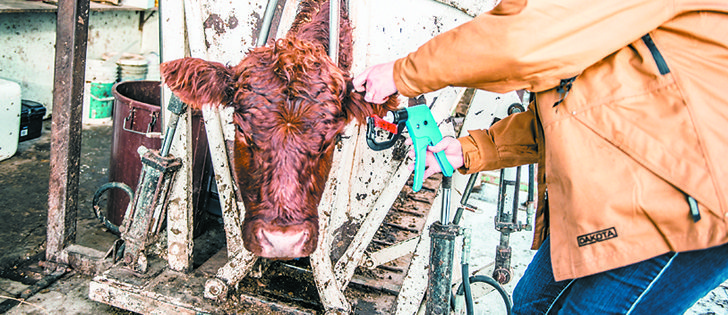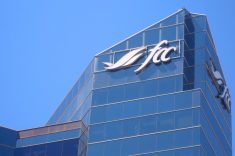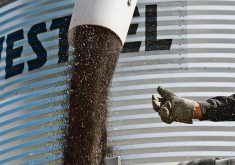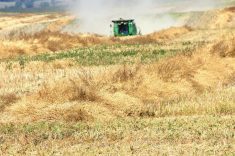A Calgary technical school has been selected to evaluate livestock ear tag and scanner technology.
A new laboratory at the Southern Alberta Institute of Technology becomes the first certified facility in North America to test new tags.
The first tests will be for transponders in low frequency ear tags. Tags, boluses and microchips used in any livestock can also be tested at the lab.
“As long as tags are proposed and claim to operate under the ISO standard for animal traceability we will be able to test them all,” said project researcher Bob Davies, who holds a PhD in radio systems science.
Read Also
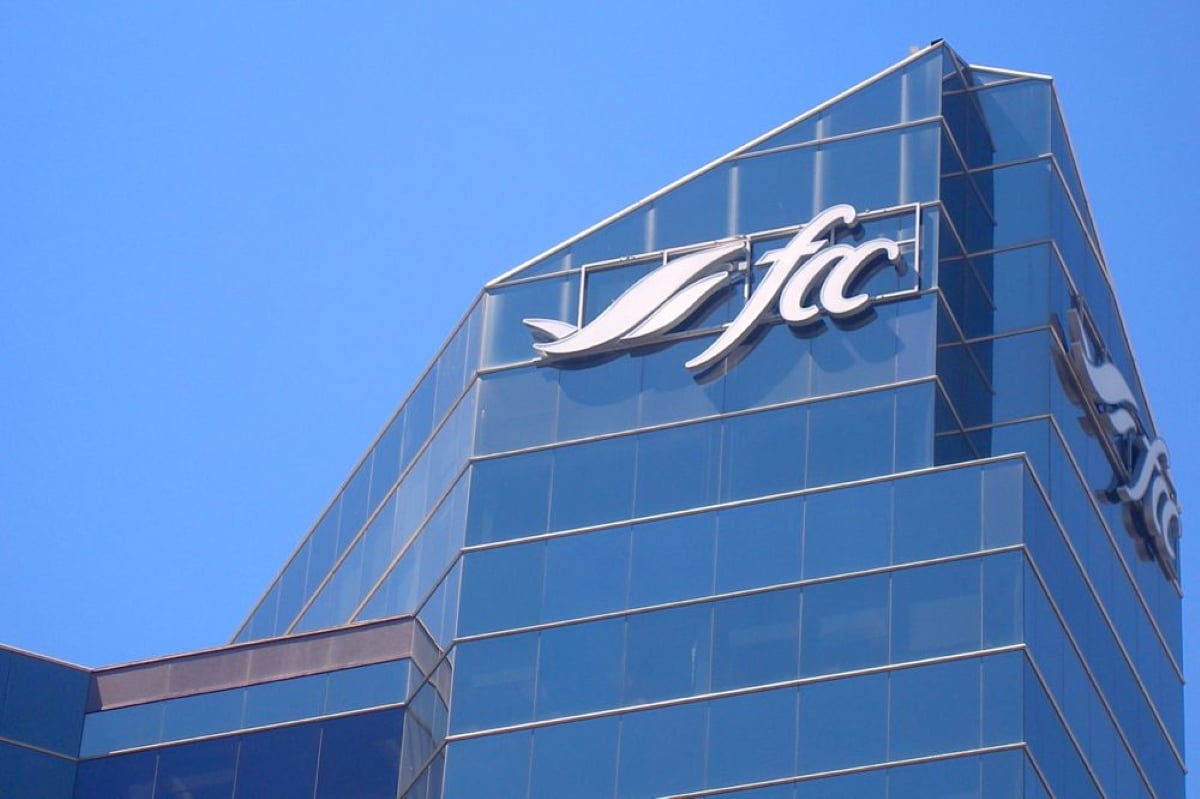
Farm Credit Canada partners with major Toronto innovation hub
A FCC parntership with MaRS Discovery District aims to solve technology problems in food supply chains.
Work is expected to start in early 2014 once the laboratory has met quality standards for processing and record keeping through the international committee for animal recording (ICAR).
There are two certified labs in Europe but the temperature specifications do not meet the Canadian Food Inspection Agency requirements. The ICAR-approved tags must undergo a second CFIA certification. This two-step process should be streamlined once the SAIT lab is running.
Testing involves subjecting tags to extreme heat, cold and moisture in an environmental chamber. Retention tests may be carried out later.
Other testing may look at new tag technology.
Most electronic tags on the market are read only, but there are proposals to have others that operate in the same frequency range where information can be written on them.
The lab will not be the final word but tags that fall below basic requirements are not likely to be approved.
Other work at SAIT involves testing of about 600 ultra high frequency tags at a southern Alberta ranch and a feedlot, said project leader Glen Kathler.
In addition, scanners are being tested. Wide alley readers will read cattle tags as animals move from loading chutes and to pens.
Readers at an auction market will be assessed and a livestock truck is also being fitted with scanners. These are expected to be tested for durability this winter.
“The UHF system has shown a very high ability to solve some of the problems reading animals in a wide area,” said Kathler.
Large groups or individuals wearing UHF tags can be read up close or at a distance as they move from the farm to the processor.


